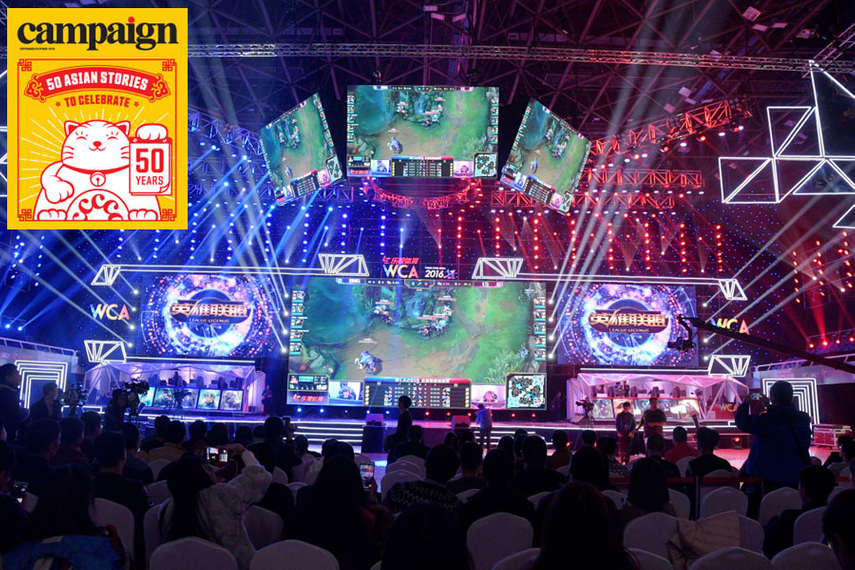
Though competitive video gaming traces its origins to the 1970s (almost as far back as the birth of video gaming itself) it has taken decades to reach acceptance and some major players remain hesitant to log on.
“Many brands or investors struggle to grasp why so many people would watch others play video games for entertainment,” says Drew Holt-Kentwell, the Singapore-based founder and managing director of Catalyst Esports Solutions. “That’s a foreign idea to them, until you explain the numbers, the engagement, the prize money, and compare this with other traditional sports.”
A brief glance at the current state of play reveals the folly of holding out on esports. The current audience breakdown is an advertiser’s dream demographic of 18-30 year olds with a 50/50 gender split audience, and the medium has been ‘marketing-ready’ from the get-go.
“Not only does the distribution through digital platforms allow detailed analytics for advertisers, it also allows for unique user-level targeting in the same way you can reach other web users,” says Michael Sheetal, founder and CEO of PlayBrain, a Tokyo marketing agency for games. “Compare that to the rough guesswork you have in measuring TV audiences for baseball and you can understand the benefits.”
According to Newzoo, endemic and non-endemic brands are set to invest US$694 million in the industry this year through sponsorships, advertising, media rights and content licenses, a 48% year-on-year increase. The esports industry is expected to balloon to US$1.4 billion by 2020.

There has been a teething period. For the most part, brands backing esports have relied on obvious direct connections to gaming (hardware and software companies Intel, Alienware, HP and Razer) or by cashing into the cliché of the hard-playing, high-spending youth audience (Red Bull, Monster, Nissin Cup Noodles and PayPal). But as the industry reaches maturity, the advertising is evolving with it.
Sheetal says: “A more recent trend starts to establish aspirational brands. For example, Mercedes-Benz and BMW have started to get involved in esports in the past year. Not because they can sell to this market today, but to establish themselves as an aspirational brand for the next generation of consumers who will buy in 10-15 years from now.”
Regardless of the scramble for Southeast Asia, which Newzoo reports as the industry’s fastest-growing region, it’s China that’s swiftly becoming the centre of attention. Of the US$905 million estimated annual revenue for esports, China alone accounts for US$164 million.
Though homegrown game development in China has yet to produce a multiplayer title with blockbuster international appeal, there’s no barrier to building platforms where foreign games can be played.



.jpg&h=334&w=500&q=100&v=20170226&c=1)
.jpeg&h=334&w=500&q=100&v=20170226&c=1)
.jpg&h=334&w=500&q=100&v=20170226&c=1)

.png&h=334&w=500&q=100&v=20170226&c=1)





.jpg&h=268&w=401&q=100&v=20170226&c=1)

.jpg&h=268&w=401&q=100&v=20170226&c=1)

.jpg&h=268&w=401&q=100&v=20170226&c=1)


